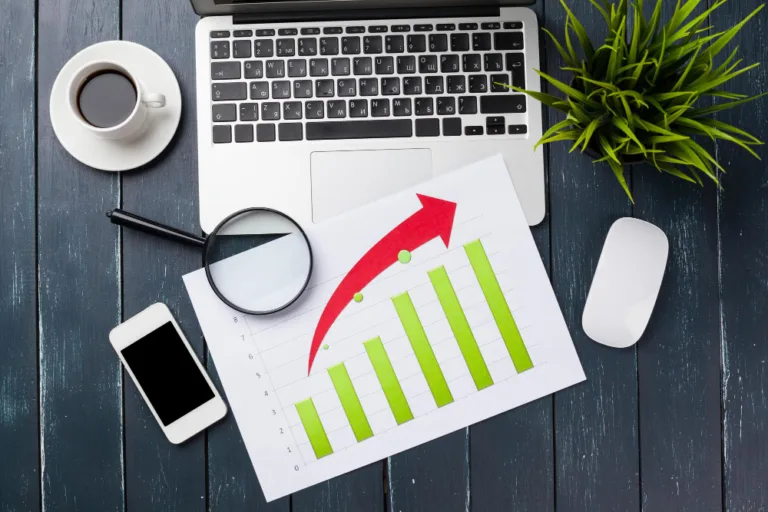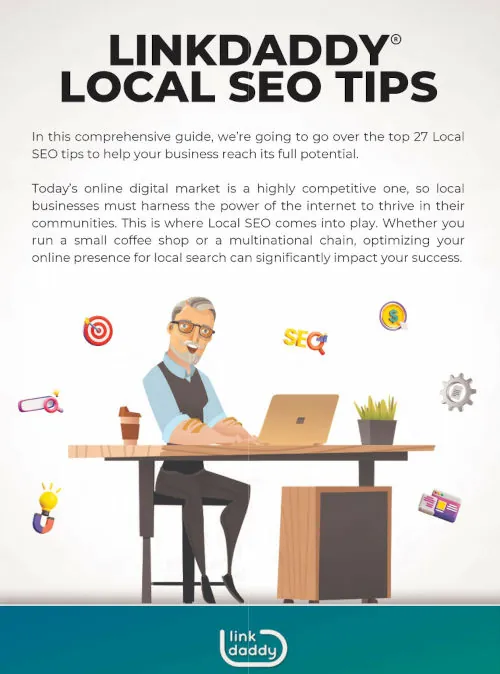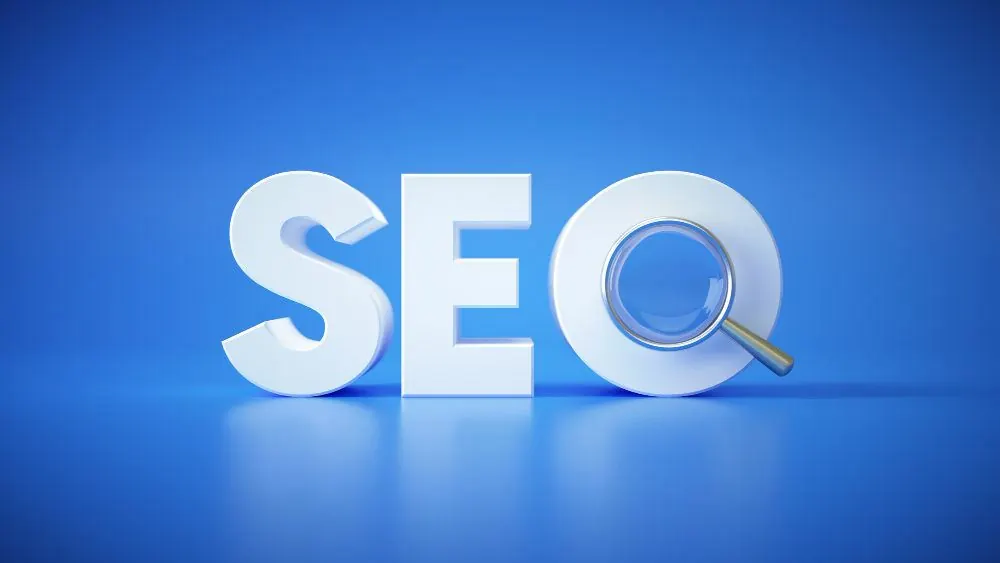
As the world becomes increasingly digital, businesses need to be more visible online to attract customers. But simply having a website is not enough. To stand out in the crowded online space, businesses must optimize their web pages for search engines. This is where on-page SEO comes in.
On-page SEO refers to the various techniques and strategies used to optimize individual web pages so they can rank higher in search engine results pages (SERPs). This includes optimizing the content, meta tags, images, internal links, and other elements of a web page to make it more appealing to both users and search engines.
The importance of on-page SEO cannot be overstated. A well-optimized web page can help drive more traffic to a website, increase engagement and conversions, and ultimately boost revenue. On the other hand, a poorly optimized page can hurt a website’s performance and search visibility.
One of the key benefits of on-page SEO is that it helps search engines understand the content and context of a web page. This allows them to deliver more relevant results to users, which in turn improves the user experience. By optimizing their web pages, businesses can ensure that their content is easily discoverable by potential customers who are searching for products or services like theirs.
Another benefit of on-page SEO is that it can help businesses stay ahead of their competitors. By optimizing their web pages, businesses can outrank their competitors in search results, which can lead to higher traffic, more leads, and ultimately more sales.
On-page SEO is a critical component of website performance and search visibility. By optimizing their web pages, businesses can improve their chances of attracting and retaining customers in today’s digital landscape.
On-Page SEO Best Practice #1: Unique and Optimized Titles, Descriptions, and Content
Importance of unique and descriptive page titles to improve click-through rates and search rankings
The importance of unique and descriptive page titles cannot be overstated when it comes to improving click-through rates and search rankings. Your page title is the first thing that users see when they search for something online, and it’s also what search engines use to determine the relevance of your page to a user’s query.
A unique and descriptive page title not only helps your page stand out from competitors, but it also gives users a clear idea of what to expect when they click on your link. This can improve the user experience and lead to higher click-through rates.
Moreover, search engines prioritize pages with relevant and descriptive titles, as they are more likely to provide the information that users are looking for. By ensuring that your page titles accurately reflect the content on your page, you can improve your search rankings and attract more organic traffic to your website. So, take the time to craft compelling and unique page titles that accurately reflect your content, and you’ll see the benefits in no time.
Writing compelling meta descriptions that accurately summarize page content and entice users to click
Writing a compelling meta description is a crucial part of optimizing your website for search engines and improving click-through rates. A meta description is a short snippet of text that summarizes the content of a web page, appearing below the page title in search engine results.
To create a compelling meta description, it is important to accurately summarize the content of the page and use language that entices users to click. Use action-oriented language, highlight unique selling points, and include a call to action.
It’s important to keep the meta description under 155 characters, as search engines will cut off longer descriptions. Also, avoid using duplicate meta descriptions across multiple pages on your website.
Remember that the meta description is often the first interaction a user has with your website, so make it count! A well-written and enticing meta description can make all the difference in driving traffic to your website.
Creating high-quality and original content to avoid duplication and provide value to users
Creating high-quality and original content is the cornerstone of a successful online presence. In today’s digital world, providing value to users is key to standing out from the competition. Duplicate content not only damages your search engine rankings, but it also fails to engage your audience. Instead, focus on producing content that is unique, informative, and engaging.
By taking the time to research and understand your audience, you can create content that addresses their needs and interests. This could be in the form of blog posts, videos, or social media content. When creating content, keep in mind that quality is more important than quantity. Focus on creating fewer pieces that are well-researched and well-written, rather than churning out dozens of mediocre articles.
Remember, your goal is to provide value to your audience. By delivering high-quality and original content, you will build trust with your readers and establish yourself as an authority in your field.
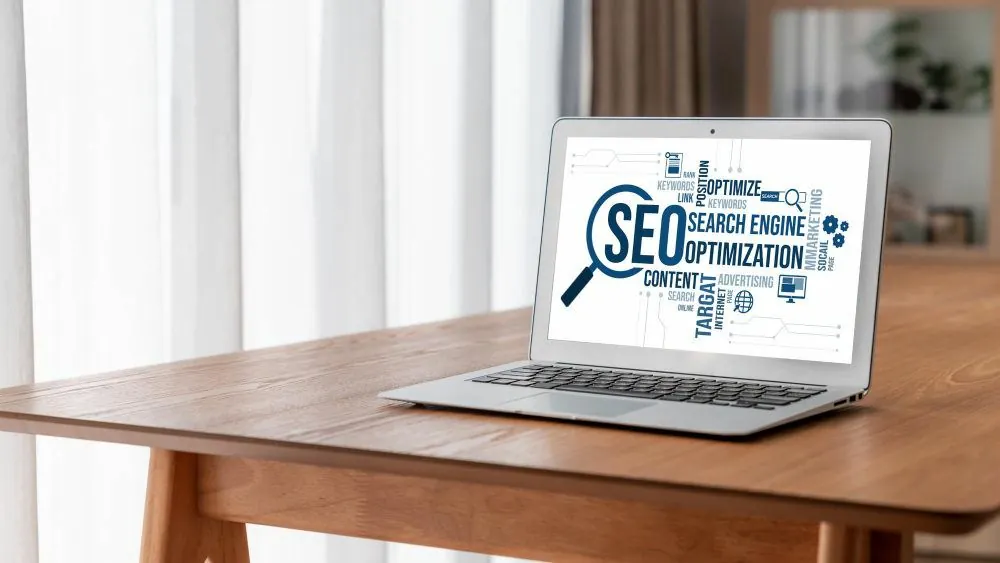
On-Page SEO Best Practice #2: Linking Strategies for SEO Enhancement
External linking to reputable and high-domain authority websites to build trust and credibility
External linking to reputable and high-domain authority websites is a well-known strategy that can help websites build trust and credibility. By linking to these websites, you’re essentially telling your visitors that you’re a reliable source of information and that you’re committed to providing them with the best content possible.
There are many benefits to external linking, including improved search engine rankings, increased traffic, and an enhanced user experience. When you link to reputable and high-domain authority websites, you’re providing your visitors with additional resources and information that they may find valuable.
In addition, external linking can also help you establish relationships with other websites in your niche or industry. This can lead to guest blogging opportunities, collaborations, and other forms of partnership that can benefit both parties.
External linking is a simple but effective strategy that can help you build trust and credibility with your audience. So, start incorporating it into your content strategy today and see the results for yourself!
Incorporating internal links to improve website navigation, distribute authority, and enhance user experience
Incorporating internal links into your website is a smart and strategic move that can lead to significant benefits. Not only does it improve website navigation and enhance the user experience, but it also helps to distribute authority and improve your website’s ranking on search engines.
By creating internal links that connect your pages to each other, visitors can easily navigate through your website, find the information they need, and stay on your site for longer periods of time. This, in turn, can increase engagement and reduce bounce rates.
Furthermore, internal links help to distribute authority throughout your website, which can boost your search engine ranking. By linking to high-quality content within your website, you signal to search engines that your website is a reliable source of information.
So, whether you’re looking to improve your website’s navigation, increase engagement, or boost your search engine ranking, incorporating internal links is a smart move that can deliver real results.
Proper formatting of URLs for better SEO and pagination
Proper formatting of URLs is essential for improving SEO and pagination on your website. It is critical to ensure that your URLs are easy to read, relevant, and descriptive. This will help search engines and users understand the content of your pages, making it easier to find and navigate.
When formatting your URLs, it is best to use hyphens to separate words rather than underscores or spaces. This will make your URLs more readable to both search engines and users. Additionally, including relevant keywords in your URLs can help improve your website’s search engine ranking.
Another important aspect of URL formatting is ensuring that your URLs are consistent throughout your website. This will help with pagination and allow users to easily navigate through your site’s content.
Proper URL formatting is a crucial component of SEO and website navigation. By following these simple guidelines, you can improve your website’s visibility and make it easier for users to find and engage with your content.
On-Page SEO Best Practice #3: Keyword Optimization
Conducting keyword research to target relevant and high-traffic search queries
Keyword research is one of the most crucial aspects of search engine optimization. It involves identifying the phrases and words that people use to search for products, services, or information related to your business. Conducting keyword research helps you to understand your target audience and create content that resonates with them.
By targeting relevant and high-traffic search queries, you increase your chances of ranking higher on search engine result pages (SERPs) and driving more traffic to your website. This can ultimately lead to more conversions and revenue.
To conduct keyword research, start by brainstorming a list of words and phrases that are relevant to your business. Then, use keyword research tools to analyze their search volume, competition, and relevance to your business. Choose keywords with high search volume and low competition to optimize your content for.
Incorporating keywords naturally in title tags and meta descriptions to improve search rankings
As businesses continue to invest in digital marketing, it’s essential to understand the importance of incorporating keywords naturally in title tags and meta descriptions to improve search rankings. Simply put, these tags act as a snapshot of what the page is all about, making it easier for search engines to understand the content and show it to potential customers.
Using relevant keywords in these tags not only helps search engines but also attracts the attention of your target audience. However, it’s crucial to ensure that the keywords are used naturally and not forced. This means that the tags should be written in a way that is easy to read and understand.
Incorporating keywords naturally in title tags and meta descriptions not only improves search rankings but also enhances the user experience. It provides valuable information to users, which helps them decide whether to click on your link or not. By doing so, you’ll drive more traffic to your website, increase engagement, and ultimately, boost conversions.
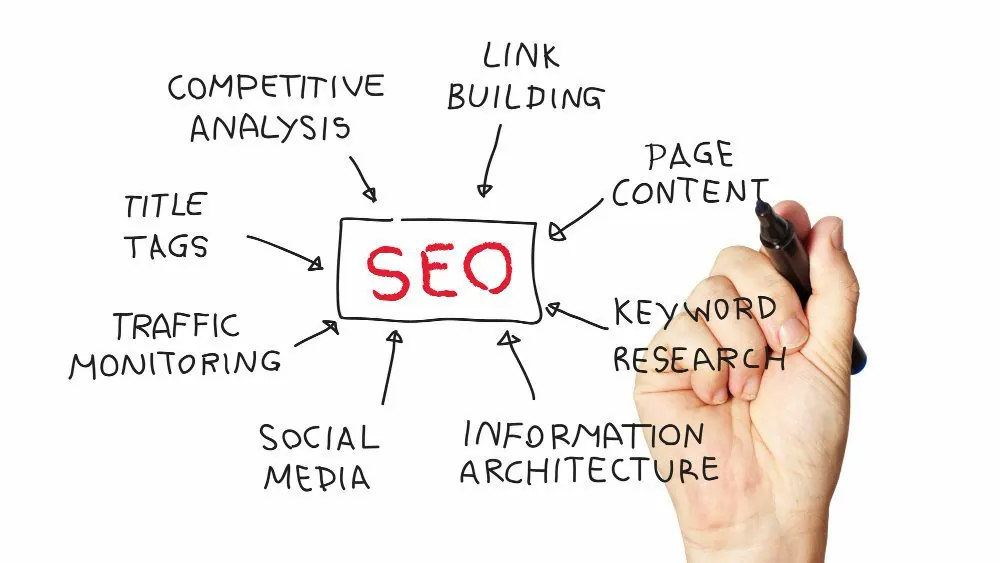
On-Page SEO Best Practice #4: Image Optimization
Optimizing image file names and alt text to improve accessibility and keyword relevance
Optimizing image file names and alt text is not only crucial for improving accessibility but also for enhancing the keyword relevance of your website. When search engines crawl your website, they not only evaluate the textual content, but also the images. By using descriptive and relevant file names for your images, you enable search engines to understand the content of your website more accurately, which can ultimately lead to higher search engine rankings.
In addition, providing alt text for your images is essential for making your website more accessible to people with disabilities, such as visual impairments. Alt text is a brief description of the image that is read out loud by screen readers, allowing visually impaired individuals to understand the content of your website.
By taking the time to optimize your image file names and alt text, you are not only improving the accessibility of your website but also increasing the likelihood of it being found by search engines.
Compressing image files for faster page load times and improved user experience
Your website’s page load time is crucial to keeping users engaged and satisfied with their online experience. One way to improve page load times is by compressing image files. This process reduces the file size of your images without sacrificing their quality or resolution.
By compressing your image files, you can significantly reduce the amount of data that needs to be transmitted between your server and the user’s browser. This results in faster load times, which can increase user engagement and lower bounce rates.
It’s important to note that compression should not be overdone, as it can negatively impact the quality of your images. The key is finding the right balance between file size reduction and image quality.
There are many tools available to help you compress your images, from free online services to paid software. By taking the time to compress your image files, you can improve your website’s performance and provide a better user experience for your visitors.
On-Page SEO Best Practice #5: Technical SEO Considerations
Ensuring website crawlability and indexability for search engines
When it comes to search engine optimization, ensuring website crawlability and indexability is crucial for a successful online presence. Crawlability refers to the ability of search engines to find and analyze the content on your website, while indexability means that your website’s pages are added to the search engine’s index.
To ensure crawlability and indexability, it’s important to have a clear site structure, well-organized content, and relevant keywords. Use meta tags and descriptions to provide search engines with information about your website’s content, and make sure all links are working properly.
Regularly updating your content can also improve your website’s crawlability and indexability, as search engines favor fresh and relevant content. Consider creating a blog or news section to consistently add new content to your website.
By making your website easily crawlable and indexable, you’ll increase the chances of being discovered by potential customers and improve your search engine rankings.
Implementing structured data markup for enhanced visibility in search results
Structured data markup is a powerful tool that can help businesses improve their visibility in search results. By using structured data markup, search engines can better understand the content on a website, which can lead to better rankings and more traffic.
Implementing structured data markup is not a difficult process, but it does require some technical know-how. Website owners can use tools like Google’s Structured Data Markup Helper to add structured data to their pages. They can also work with web developers or SEO experts to ensure that their markup is properly implemented.
By using structured data markup, businesses can enhance their search engine visibility in a number of ways. They can add rich snippets to their pages, which can help their listings stand out in search results. They can also add schema markup to their pages, which can improve the accuracy and relevance of their search results.
Implementing structured data markup is a smart investment for any business that wants to improve its visibility in search results. By taking advantage of this powerful tool, businesses can increase their traffic, improve their rankings, and ultimately grow their bottom line.

On-Page SEO Best Practice #6: User Experience Optimization
Improving website speed and performance through optimization techniques
In today’s digital world, website speed and performance are crucial for the success of any online business. Slow loading times can lead to a loss of potential customers, decreased user engagement, and ultimately, a negative impact on your bottom line. However, there are several optimization techniques that can help improve website speed and performance.
One effective technique is to optimize images by compressing them without losing quality. This reduces the file size and improves page load times. Another technique is to minimize HTTP requests by combining CSS and JavaScript files. This reduces the number of requests made to the server, resulting in faster load times.
Additionally, caching can be used to speed up website performance. This technique stores frequently accessed data in temporary storage, reducing the need to fetch it from the server every time a user visits the site.
By implementing these optimization techniques, you can ensure that your website loads quickly and efficiently, providing a seamless experience for your users and ultimately driving business success.
Enhancing mobile responsiveness and usability for better user experience
Mobile responsiveness and usability are key elements in creating an exceptional user experience. With the rise of mobile usage, it is crucial to ensure that your website or application is optimized for mobile devices. This means having a layout that is easy to navigate, buttons that are easy to click, and fonts that are easy to read.
To enhance mobile responsiveness and usability, consider implementing a responsive design that adjusts to the size and orientation of the device. This will ensure that the content is displayed correctly and that users can easily access all the features on your website or app. Additionally, consider simplifying the design by reducing clutter and using clear calls to action.
Improving mobile responsiveness and usability will not only improve the user experience but also increase engagement and conversions. So, take the time to optimize your website or app for mobile devices and reap the benefits of an exceptional user experience.




